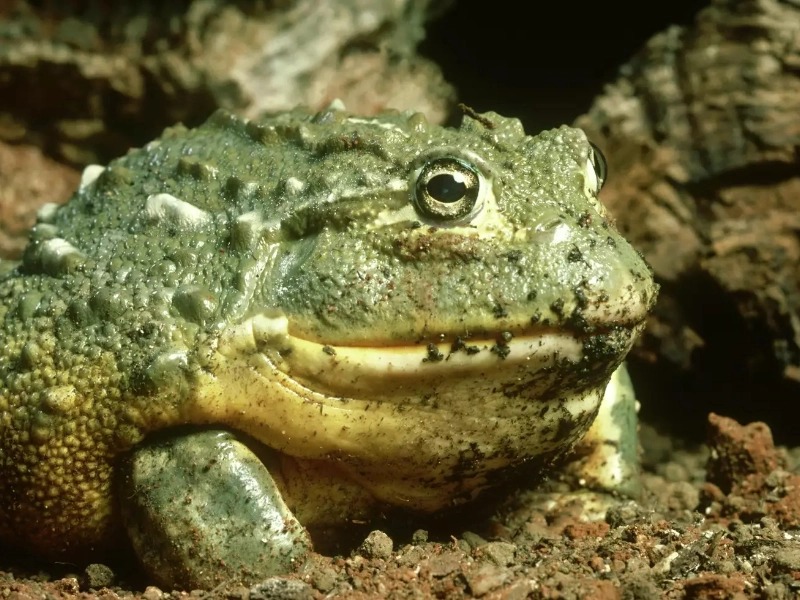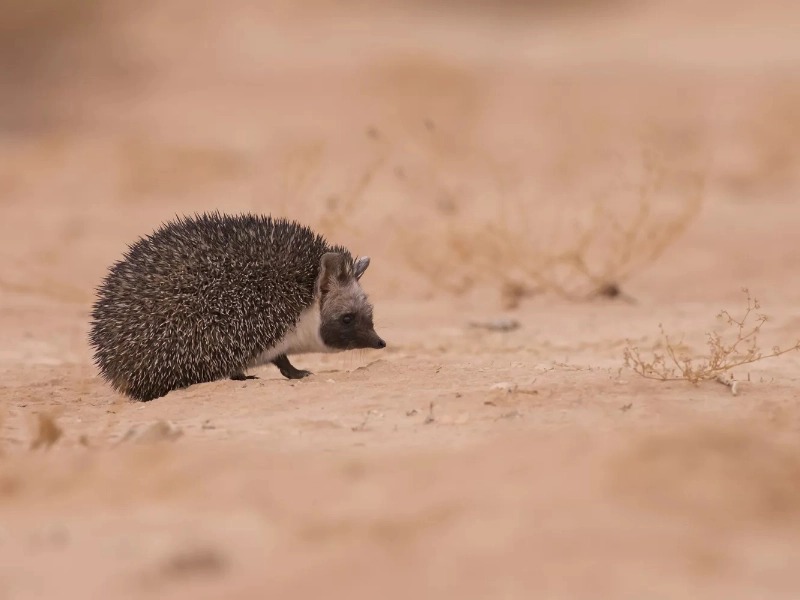
17 Animals Amazingly Adapted to Thrive in Deserts
By • Last Updated6. Desert Hedgehog

One of the most delightful inhabitants of arid regions across Africa and the Middle East is the desert hedgehog, scientifically known as Paraechinus aethiopicus. Typically measuring between five and nine inches in length, this small creature is well-suited for life in scrub and desert habitats. While its distinctive adaptations enable it to thrive in some of the harshest conditions on Earth, its charming appearance—characterized by a round body covered in spines—makes it a favorite among wildlife enthusiasts.
One of the desert hedgehog’s key adaptations is its nocturnal lifestyle. During the intense heat of the day, these hedgehogs retreat into their burrows to escape the sun and conserve energy. Being active during the cooler late hours allows them to hunt and forage for food when temperatures are more manageable, thus reducing the risk of overheating. This behavioral adaptation is vital for survival in an environment where daytime temperatures can soar to extreme levels.
The desert hedgehog’s diverse diet helps it make the most of the food sources available in its habitat. As omnivores, these small mammals consume a variety of items, including insects, invertebrates, bird eggs, and even small reptiles. Their ability to maintain a varied diet is crucial, especially in an environment where food availability can fluctuate dramatically. Additionally, while foraging, their sharp spines serve as a defense mechanism against potential predators, adding an extra layer of protection.
Hydration is another critical aspect of the desert hedgehog’s survival. These animals obtain most of their moisture from the prey they consume, allowing them to endure extended periods without direct access to water. For example, insects, which are high in water content, help the hedgehog stay hydrated without needing to find alternative water sources. This ability to extract moisture from their food is vital in arid conditions where water is scarce.
Beyond their foraging habits and nocturnal routines, desert hedgehogs have developed various physical adaptations to enhance their survival. Their sturdy bodies and short legs are well-suited for traversing the sandy terrain of their environment. Furthermore, the hedgehog’s spines provide protection against the significant temperature fluctuations typical of desert climates. These spines help retain body heat during nighttime drops in temperature, allowing the hedgehog to stay warm.
Overall, the desert hedgehog exemplifies remarkable adaptations for life in desert ecosystems. Its nocturnal behavior, varied diet, and physical characteristics underscore the species’ resilience in one of the most challenging habitats on Earth. Understanding the unique adaptations of the desert hedgehog is crucial for its conservation and for maintaining the delicate balance of these arid environments, especially as climate change and habitat loss continue to impact ecosystems worldwide.